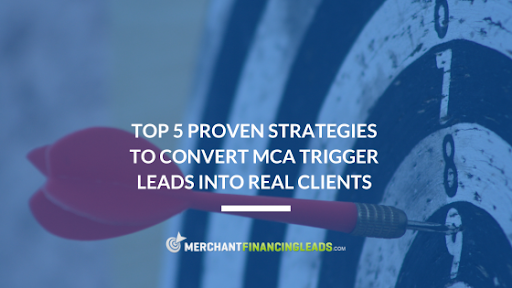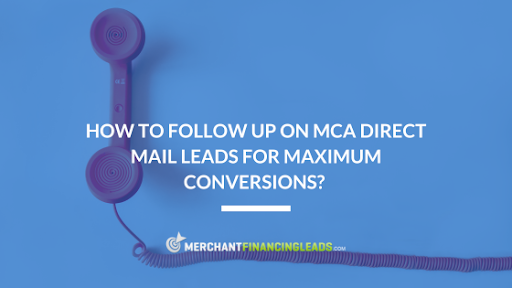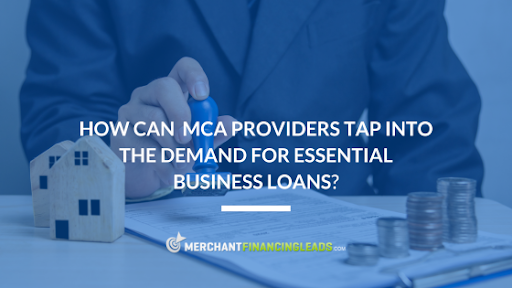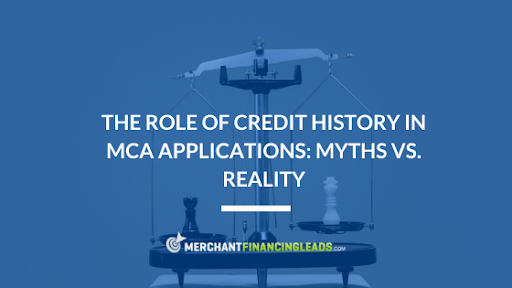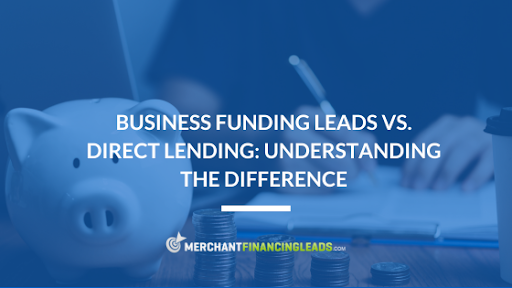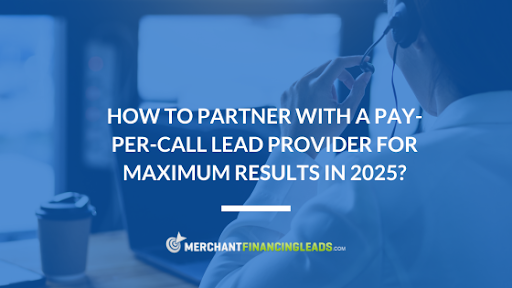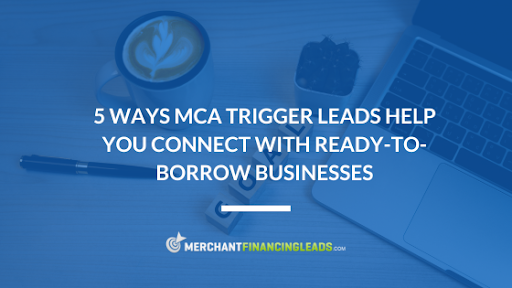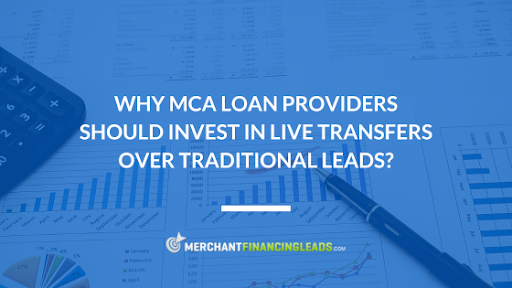When someone starts actively searching for funding, every moment counts—and that is where MCA trigger leads stand. These prospects have already proven their interest in the form of credit inquiries, online search queries, or any other financial activity. They need to be converted with a calculated strategy that establishes trust and effectively proves value.
The value of such leads is high, but dawdling often results in losing them to competitors. Using the correct strategies can significantly enhance conversion rates. The following are five tested strategies to convert more merchant trigger leads into long-term clients.
1. Respond Quickly
Time is crucial when dealing with MCA trigger leads. The earlier you follow up after generating a lead, the higher the chances of connecting with them. Try to reach out to leads within 24-hours to indicate that you are keen and ready to help. This quick action can make you stand out among competitors who wait before following up.
- Use real-time notifications to connect your sales team with leads within minutes, not hours.
- Create templated messages for calls, emails, and texts to be efficient while staying professional.
- Track response times—the research indicates that reaching out to a lead in five minutes can significantly improve the chances of converting.
2. Personalize Your Approach
Each lead is unique, so tailor your approach accordingly. Study each lead’s needs and tailor your message accordingly. Use relevant references to their business or situation to demonstrate your ability to provide a tailored funding solution. Aligning your message with their goals can enhance its effectiveness and increase the likelihood of a positive response.
- Research each trigger lead’s industry and type of business before contact.
- Use relevant information in early interactions to demonstrate understanding of their requirements.
- Tailor communication style according to the profile and history of the lead.
3. Use Social Proof
When people realize that many others have had a positive experience with your MCA services, they trust them more. Share satisfied clients’ testimonials, case studies, or success stories to establish credibility. Showing real examples of your previous clients can give them more confidence in taking that next step with you.
- Share industry-specific financial tips relevant to the lead’s business.
- Explain common funding options and considerations in clear, simple terms.
- Offer a no-obligation review of their funding situation.
4. Offer Exclusive Promotions
Everyone loves a good bargain, and providing special offers can be an excellent method to turn merchant trigger leads into customers. Think about offering limited-time discounts or special deals to generate a sense of urgency. These rewards can encourage leads to act fast and select your services over others. Make sure that the offers are easy to understand to avoid confusion.
- Space out follow-ups correctly over seven to ten days.
- Alternate methods of communication from phone calls, emails, and text messages.
- Bring something new and relevant to each contact.
5. Consistent Follow-Up
Converting leads requires persistence. So, don’t get discouraged when a lead does not respond immediately. Plan follow-ups via direct mail, phone calls, or SMS at several contact points. Your messages should be precise, short, and focused on how your services can fulfill the needs. Periodic and respectful reminders may also linger in their minds and result in few conversions.
- Describe MCA funding terms clearly.
- Disclose any relevant fees and repayment terms upfront.
- Focus on company testimonials and case studies.
To conclude, turning MCA trigger leads into actual clients requires a combination of fast responses, tailored communication, and well-planned follow-up. These strategies can boost conversion rates and build long-term customer relationships. If you need high-quality leads to get started, Merchant Financing Leads is ready to help.
